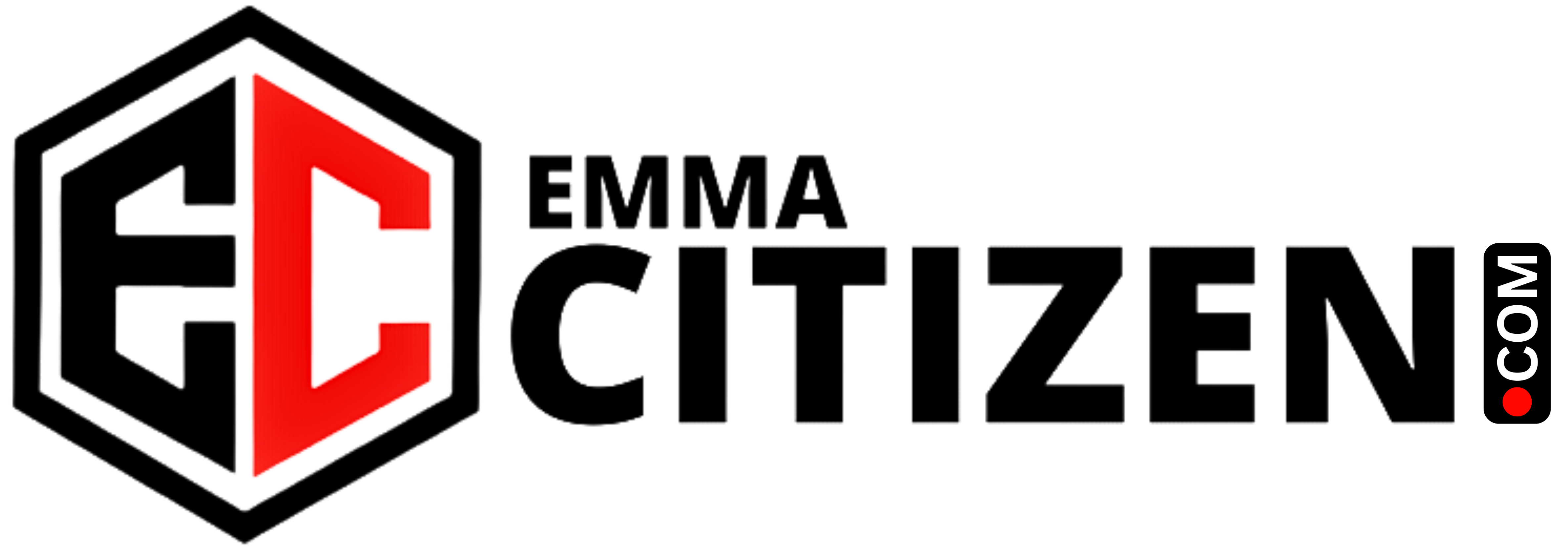2024 Top Schools for Healthcare Education Online: As the demand for healthcare professionals continues to rise, many individuals are seeking flexible education options. In 2024, several top schools are offering exceptional online programs for healthcare education that cater to a variety of career paths, ensuring students receive quality training without compromising their current commitments. With advancements in technology, students can access top-tier resources and instructors from the comfort of their homes.
Among the leading institutions are well-renowned universities that provide comprehensive curricula designed to meet industry standards. These programs range from nursing and public health to healthcare administration and allied health. Prospective students can find a fit for their interests and professional goals while enjoying the benefits of online learning.
Accreditation and program reputation play critical roles in choosing a school. Institutions recognized for their rigorous standards and supportive learning environments can significantly enhance a student’s educational experience and career prospects. Exploring the top schools for online healthcare education in 2024 can serve as a vital step toward a fulfilling career in this essential field.

Criteria for Top Online Healthcare Education
When selecting a top online healthcare education program, several criteria serve as benchmarks for quality and effectiveness. Key considerations include accreditation status, curriculum offerings, faculty qualifications, and available student resources.
Accreditation and Recognition
Accreditation is crucial in determining the credibility of an online healthcare program. Programs should be accredited by recognized bodies such as the Commission on Accreditation of Healthcare Management Education (CAHME) or the Accreditation Commission for Education in Nursing (ACEN).
Being accredited ensures that the institution meets specific educational standards and enhances the value of the degree in the job market. Recognition from notable rankings like U.S. News & World Report can also signify program quality, attracting prospective students.
Curriculum and Specializations
The curriculum should be comprehensive and reflect current trends in healthcare. Programs that offer diverse specializations—such as public health, nursing, or health informatics—allow students to tailor their education to career goals.
Courses should integrate both theoretical knowledge and practical applications. Real-world case studies, simulations, and clinical practice opportunities enhance learning. The best programs continuously update their curriculum to align with evolving healthcare practices and technologies.
Faculty Expertise and Experience
Faculty qualifications significantly impact education quality. Top online programs feature instructors with advanced degrees and substantial industry experience. This can include healthcare administrators, nurses, or researchers who bring valuable insights into the classroom.
Active involvement in healthcare can enrich the learning experience. Faculty who are involved in ongoing research or industry projects can provide students with a current and practical perspective on healthcare issues and innovations.
Student Resources and Support Services
Support services play a vital role in student success. Top programs offer robust academic resources, including online libraries, tutoring, and writing assistance.
Additionally, access to academic advising and career services helps students navigate their educational journey and future job opportunities. Programs that promote networking through alumni connections or internships can also enhance the student experience by providing valuable industry links.
Program Flexibility and Format Options
Flexibility in program design is crucial for students pursuing healthcare education online. Different formats and enrollment options can greatly impact the learning experience, enabling individuals to tailor their studies to fit personal schedules and educational backgrounds.
Synchronous vs. Asynchronous Learning
Synchronous learning allows students to attend live classes and participate in real-time discussions. This format promotes engagement and immediate feedback from instructors. Students can benefit from peer interactions, making it ideal for those who thrive in collaborative environments.
Asynchronous learning, on the other hand, offers the flexibility to complete coursework at one’s own pace. Assignments and lectures are accessible at any time, enabling students to balance educational commitments with work or family responsibilities. This option is particularly advantageous for self-motivated individuals who prefer structured freedom.
Part-Time vs. Full-Time Enrollment
Part-time enrollment provides students with the ability to juggle work or other commitments while pursuing their degree. Typically, part-time students take fewer courses per semester, which can extend the overall time to graduation. This option is beneficial for those needing to maintain employment or personal obligations.
Full-time enrollment, conversely, allows students to complete their degrees more swiftly. With a heavier course load, learners can immerse themselves in their studies, often leading to a more intensive educational experience. This path may suit individuals who can commit their time entirely to their education.
Transfer Credits and Prior Learning Assessment
Many institutions recognize the importance of streamlined credit transfer processes. Students can often apply prior credits earned from accredited institutions towards their healthcare degree. This policy can significantly reduce both time and cost for completing the program.
Additionally, prior learning assessment (PLA) evaluates non-traditional learning experiences for potential college credit. Students who have gained relevant experience through work, training, or certifications can receive credit, allowing them to accelerate their educational journey. Understanding these options is vital for maximizing one’s educational investment.
Career Outcomes and Alumni Success
Career outcomes and the success of alumni are critical factors for prospective students considering online healthcare education. High employment rates, networking opportunities, and preparedness for certifications can significantly influence career trajectories.
Employment Rate After Graduation
Many top schools for healthcare education report impressive employment rates for their graduates. For instance, schools may indicate rates upwards of 90%, showcasing the effectiveness of their programs.
Factors affecting employment rates include:
- Curriculum Relevance: Programs that align closely with market needs often see better employment outcomes.
- Industry Partnerships: Schools that collaborate with healthcare institutions can offer internships, which enhance employability.
- Support Services: Career counseling and job placement services play a crucial role.
Alumni often report that strong career support increases job placement speed and satisfaction.
Networking Opportunities
Networking is essential in the healthcare sector, and top schools recognize this. Many institutions facilitate connections through various means.
- Alumni Networks: Graduates become part of vast networks, providing access to job openings and mentorship opportunities.
- Industry Events: Schools often host conferences, webinars, and workshops, allowing students to engage with industry experts and peers.
- Online Platforms: Utilizing social media and professional networks, schools encourage students to strengthen professional relationships.
These opportunities help students gain insights and job referrals that can be pivotal in securing employment.
Continuing Education and Certification Preparation
Continuing education is vital for career advancement in healthcare. Top programs emphasize the importance of lifelong learning and provide resources for further growth.
- Certification Courses: Many schools offer specific courses geared toward certification preparation, enhancing graduate credentials.
- Flexible Options: Online programs often allow students to pursue additional certifications at their own pace, accommodating busy schedules.
- Access to Resources: Institutions may provide extensive libraries and online resources for exam preparation, fostering confidence in graduates.
This commitment to ongoing education contributes to higher job performance and career advancement opportunities.
Cost Considerations and Financial Aid
Understanding the financial aspects of online healthcare education is crucial for prospective students. Key elements include tuition, available financial aid options, and loan support systems.
Tuition and Fees
Tuition rates for online healthcare programs vary significantly by institution. Generally, students can expect to pay between $300 to $1,500 per credit hour. Some programs may have a flat rate per semester, while others charge per course.
Additionally, students may encounter other fees, such as:
- Technology fees: $100 – $500 per semester
- Course materials: $200 – $600 per course
- Registration fees: $50 – $200 per semester
It’s essential to thoroughly review each school’s website for specific costs. Students should calculate the total investment required for their degree, including costs for duration and potential extra semesters due to prerequisites.
Scholarships and Grants
Various scholarships and grants are available for students pursuing online healthcare education. Scholarships can be specific to the major or the institution and often do not require repayment. Some common sources include:
- Institutional scholarships: Offered by specific schools based on merit or need.
- Professional association scholarships: Organizations may provide funding to encourage enrollment in healthcare fields.
- Federal grants: Students can apply for need-based financial aid through FAFSA.
Exploring these options early can significantly reduce educational costs. It’s advisable for students to prepare a strong application and demonstrate their commitment to the healthcare profession to increase their chances of securing funding.
Loan Options and Repayment Support
Many students resort to loans to finance their education. Federal student loans typically offer better interest rates and repayment options compared to private loans. Options include:
- Direct Unsubsidized Loans: Available to all eligible students, with interest accruing during enrollment.
- Direct PLUS Loans: For graduate students or parents of dependent undergraduates, covering up to the full cost of attendance.
Students should consider loan repayment assistance programs such as Public Service Loan Forgiveness (PSLF). These programs can help borrowers reduce their debt while working in qualifying fields. It’s important to examine all repayment plans and choose one that aligns with future income expectations in healthcare roles.









